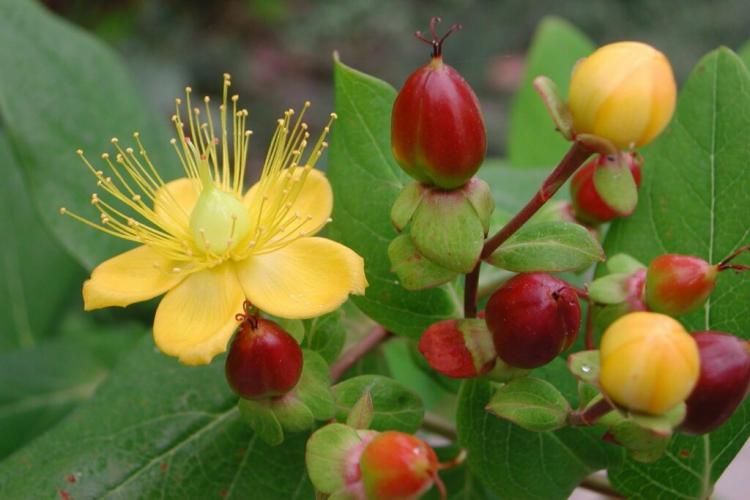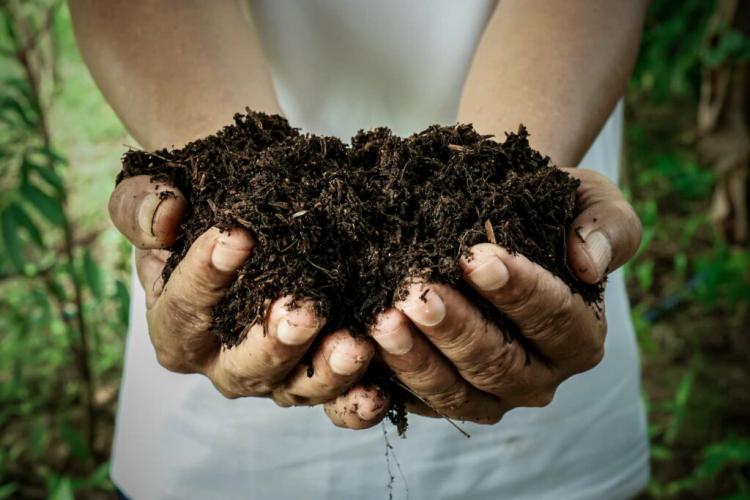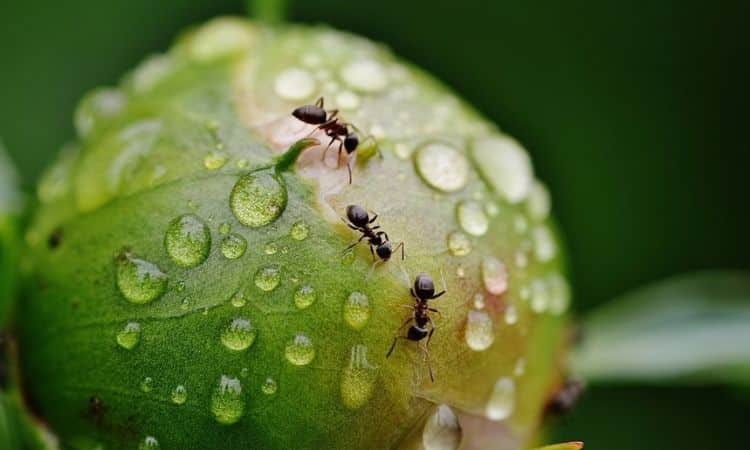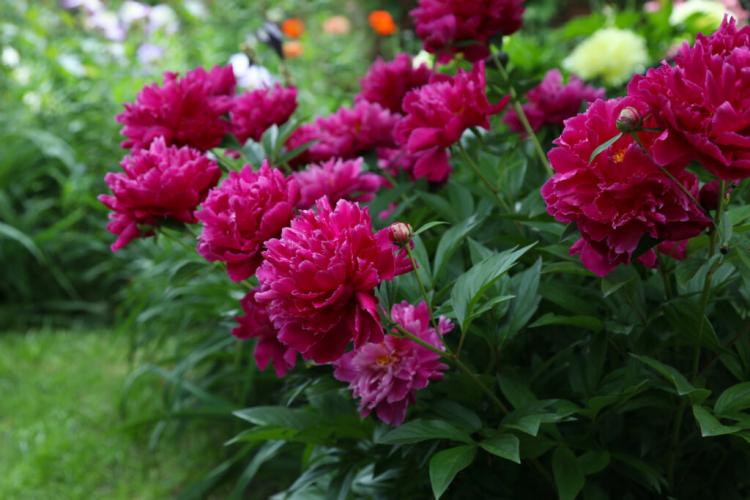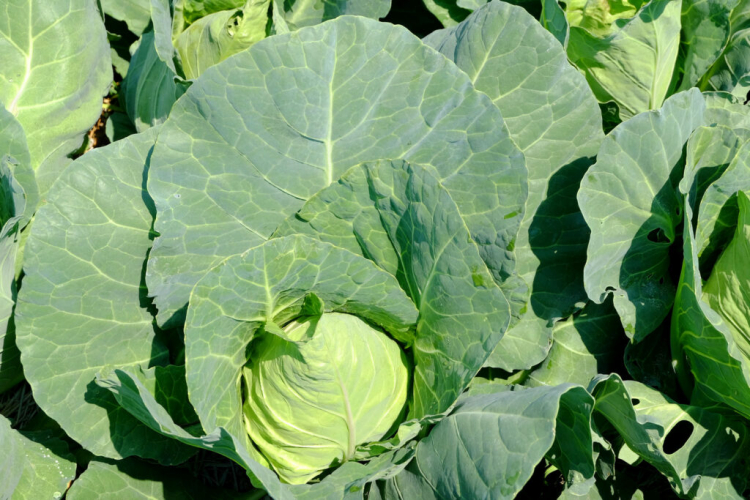Medlar: Everything About Varieties, Plants And Care
The medlar is rarely found in our gardens these days. We’ll introduce you to the best varieties of medlar and provide tips and tricks for planting and caring for medlar.
The medlar ( Mespilus germanica ), also known as the common medlar or stone apple, was widespread in Europe in the Middle Ages. In the last few centuries, however, it has been increasingly forgotten and is only rarely found in our gardens. Wild fruit is even more common on orchards or the edges of fields and roads.
Medlar: flower, origin, and characteristics
Table of Contents
The medlar belongs to the family of pome fruits ( Pyrinae ) in the rose family (Rosaceae). Contrary to what its Latin name suggests, it does not originally come from Europe, but from West Asia and the Caucasus. From there it reached Central and Southern Europe through the Romans. While the hardy fruitwood was very widespread and popular in the Middle Ages, it is hardly known to anyone today. The medlar has a high ornamental value and forms very aromatic, apple-like fruits that can be processed into tasty products such as jams, jellies, or chutneys.
The common loquat is not to be confused with the Japanese loquat, an evergreen, not a hardy tree with yellow, sour-tasting fruits, or with mistletoe, a tree parasite whose branches are used as a Christmas decoration.
The cotoneaster (cotoneaster) is also not to be confused with Mespilus germanica. Although it also belongs to the pome fruit family, it bears little resemblance to the common medlar and is also poisonous.
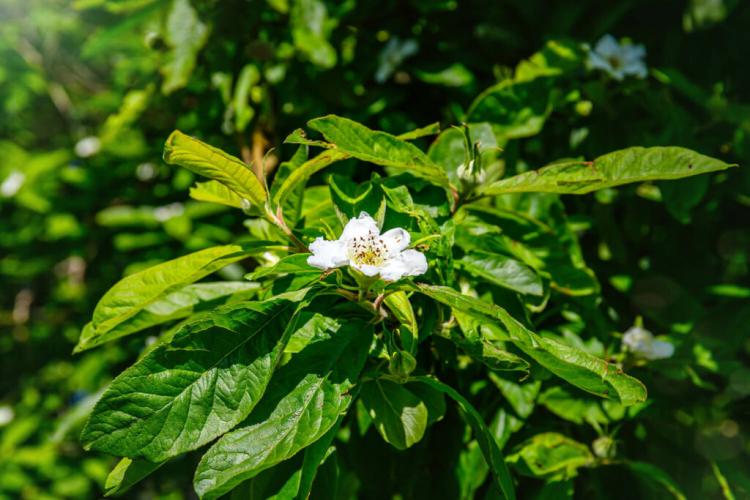
The medlar is a robust and easy-care fruit tree and grows as a large shrub or small tree. It reaches heights between 3 and 6 meters. Its light gray trunk grows slightly twisted and is irregularly shaped. The young twigs are gray and hairy with wool. Over the years, the numerous shoots form a spreading, heavily branched, almost round crown. This usually makes the medlar appear wider than it is tall. Their roots are also heavily branched and shallow. The elliptical, slightly pointed leaves are finely toothed and tomentose. Their top is dark green, from below they are a little lighter.
You May Also Like How To Fertilize Loquat
After the leaves shoot in spring between May and June, white to pink flowers bloom on the tips of the short shoots, which are very similar to apple blossoms. However, with a diameter of 3 to 5 centimeters, they are much larger. The medlar is self-fertilizing. Over the summer, round, hard fruits with a diameter of around 4 centimeters form from the flowers.
The dried sepals stand together at the end of the fruit like a crown. The skin of the fruit is rough and colored golden brown. In line with this, the decorative leaves turn golden yellow to orange in autumn. Inside the fruit, there are five pips and the light-colored flesh, which only becomes darker, crumbly, and sweet after exposure to frost. In this overripe state, the fruits are ready for harvest.
The question remains: are medlars poisonous? The fruits of Mespilus germanica are edible and non-toxic. In the unripe state, however, the fruits are hard and taste bitter. They should therefore only be eaten when they are overripe. The kernels of the loquat, like the kernels of some other rose plants, contain hydrogen cyanide and should not be consumed in large quantities.
The most popular medlar varieties
In addition to the wild form of Mespilus germanica, several cultivars differ in the vigor and size of the fruits.
- The ‘Holländische Großfruchtige’ is one of the most popular medlar varieties. It is a very old, high-yielding, and large-fruited variety with particularly large and heavy top-shaped fruits. It is very vigorous and can be recognized by its characteristic laurel-like leaves.
- The ‘Macrocarpa’ variety is particularly large-fruited. It reaches a height of 1.5 to 4 meters. The high-yielding variety ‘Krim’, which was first grown in Crimea in 1870, has very large fruits with a sweet and sour taste. These ripen at the end of September.
- Somewhat smaller fruits are produced by the ‘Royal’ variety. The fruits are oblong and round and have a good taste. The growth of the plant is rather medium-strong and shrub-like.
- The newer variety ‘Kurpfalzmispel’ is a chance seedling from Heidelberg, which was discovered in the 1960s and produces particularly sweet fruits. They contain fewer tannins and are, therefore “fresh”, meaning that they can be enjoyed before the first frost.
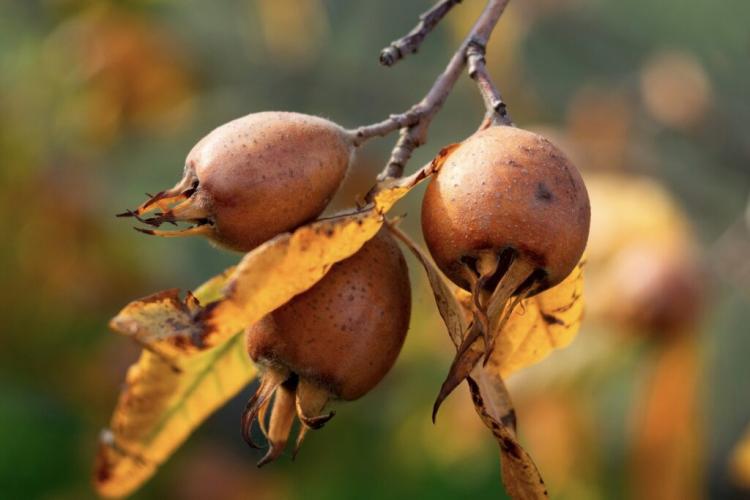
Plant medlar
The medlar prefers a sheltered, sunny location. But she also feels good in partial shade. The soil should be permeable and slightly acidic, the lime content should be rather low. Bare-rooted trees should be planted in late autumn or winter so that they can form many strong roots and grow well by next spring. On the other hand, you can plant medlars in the planter at a different time, for example in spring or summer.
If you want to plant several medlars to create a hedge, you should keep a planting distance of 1 m. The advantage of a hedge is that the plants give each other support and are therefore less sensitive to wind. You can give a single young loquat tree support by attaching it to a wooden post driven into the ground. The medlar is only partially suitable as a container plant. So that the roots can develop well, the plant needs a lot of space and may only be planted in a correspondingly large pot. In this case, peat-free, nutrient-rich potting soil, such as our Plantura organic universal soil, is suitable as a substrate.
Loquat care: what to look out for
The medlar is an extremely robust and easy-care fruit and ornamental wood. If it feels comfortable in its location, it will thrive very well and will live for many decades.
Fertilize and water medlar
After planting, the medlar must be watered regularly. The soil should never dry out completely with newly planted trees or bushes. To enable the young plants to grow healthy and vigorous, a small amount of fertilizer should be given about 2 to 3 months after planting. For example, our primarily organic Plantura organic universal fertilizer with long-term effects is suitable for this purpose.
You might so like: Japanese Wineberry: Planting, Care And Harvest
Alternatively, horn shavings or the like can also be used. Older trees that have established themselves in their location have low nutrient requirements and usually do not need fertilizer. They also no longer need to be watered regularly. During longer periods of drought, however, the medlar should occasionally be given a little water.
Cut medlar
After the training pruning to create a beautiful growth habit with a trunk and an even crown, the medlar tree does not have to be pruned regularly. Only heavily drooping and protruding branches should be cut back a little in the winter months. The medlars sold in stores are usually refined on a vigorous base (for example quince or hawthorn). Sometimes it happens that the substrate sprouts. In this case, the shoots should be removed.
Young loquat trees also produce a lot of fruit very quickly. So that the energy-intensive fruit formation is not at the expense of the development of the young plant, you should cut off the small fruits in summer in the first years of standing.
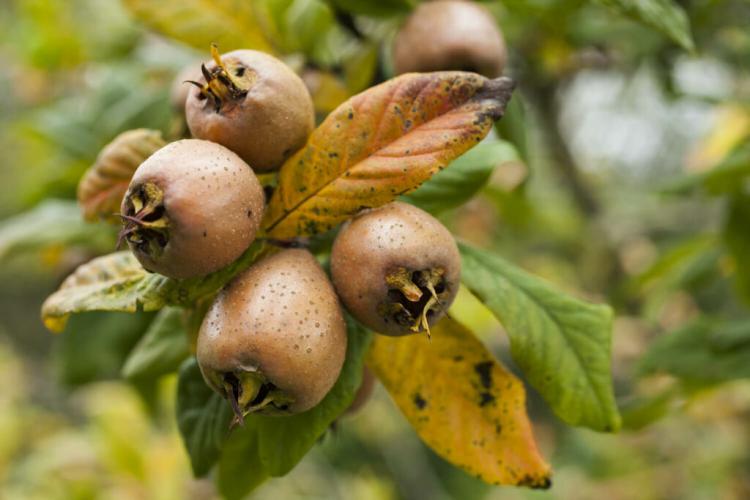
Is the medlar hardy?
The medlar thrives very well in the temperature conditions prevailing in Central Europe. It is hardy and frost-resistant. However, young medlars are still sensitive and should be painted with a special white lime paint in the first few years at the beginning of winter. The white reflects the sun’s rays and prevents cracks in the tree bark. Because without painting, the morning sun following night frosts usually causes the bark to heat up too quickly on the sun-exposed side, while the side facing away from the sun is still frozen. This often leads to trunk injuries.
Propagate medlar
The medlar can be propagated in different ways. For one, their seeds can be sown. After you have removed the pips from the fruit and freed them from the pulp, you can either sow them directly outdoors or grow them indoors in cultivation containers at temperatures between 15 and 20 ° C. Since the medlar is a cold germ, the seeds need a cold stimulus to be stimulated to germinate (stratification). To do this, the seeds can be placed in the refrigerator for a few days at around 5 ° C to stratify them. Then fill the vessels with substrate and place the seeds about 2 cm deep. Our peat-free Plantura organic herb & sowing soil, for example, is very suitable as a substrate. Always keep the soil moist.
You might so like: Mini Kiwi: Origin And Special Features Of The Kiwi Berry
The process up to the development of the first fruits is very lengthy. Vegetative propagation using cuttings is faster and safer than generative propagation. To do this, cut about 10-15 cm long, annual, and still slightly woody shoots from the medlar and remove the leaves in the lower area except for the upper pair of leaves.
The cuttings are cut at an angle so that the area on which new roots are to be formed is as large as possible, and they are pricked into containers with seed compost. Keep the soil moist and place the vessels in a bright place but protected from direct sunlight. When the cuttings have re-rooted, you can plant them in larger pots or the open ground in spring. Since the cultivated forms offered in the trade are usually refined on vigorous substrates, the plants propagated by seeds or cuttings may develop smaller fruits.
Medlar: harvest and use
In addition to vitamin C and other ingredients, the fruits of the medlar tree contain many tannins, which are responsible for the bitter taste of the unripe medlar. The first frosts in late autumn make medlars soft and sweet, similar to sloes. Now they can be harvested. Alternatively, you can also harvest the fruits unripe and put them in the freezer for a day. This also triggers the ripening process.
The overripe, crumbly medlar can be processed into delicious jellies, jams, and juices. Aromatic fruit leather can also be made from the medlars. In addition, cakes, dumplings, and other desserts can be refined with medlar compote. If birds are important to you, however, when harvesting medlar you should always remember to leave some fruit for your feathery garden dwellers. The medlar is not only a source of food for birds. Their flowers are a valuable source of food for bees and other insects.


